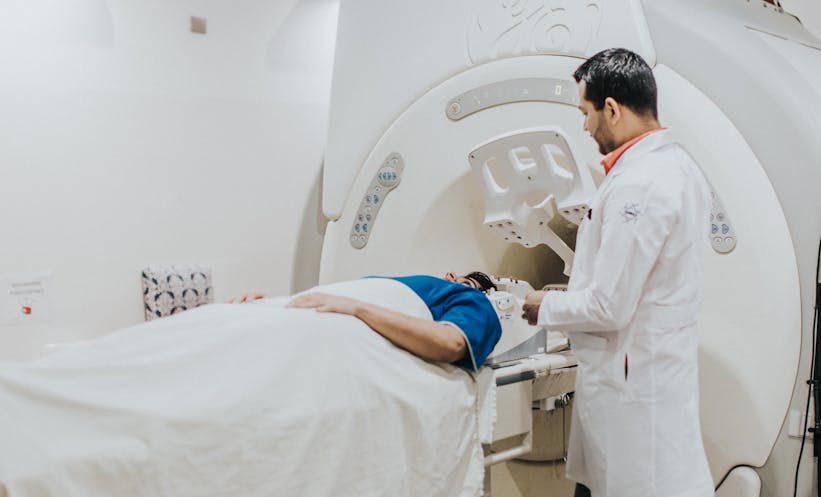AN UNDENIABLE link between the cerebellum and Parkinson’s disease (PD) has been revealed by a growing body of research. Previous studies have demonstrated clinical, pathological, and neurophysiological evidence of this link, and recent research presented at the 2024 World Congress on Controversies in Neurology (CONy) in London, UK, looked into the diagnostic potential of multiparametric MRI radiomics derived from the cerebellum.
The research involved collecting data from 618 patients, from two separate datasets. The Parkinson’s Progression Markers Initiative (PPMI) provided the training set, comprising healthy controls (HC, n=156) and patients with PD (n=162). The results were subsequently validated using the test set data from a dataset in Dalian, China, which included 146 controls and 154 patients with PD. MRI radiomic features (n=883) were extracted from the grey and white matter of the cerebellum. A cerebellar grey matter model was developed, alongside a cerebellar white matter model, and a combined cerebellar grey and white matter model.
Results demonstrated that the combined model demonstrated superior predictive performance when compared to the grey matter model and white matter model in the training set. The research team noted that radiomic features contributing to PD included dependence variance and run variance domains in the white matter, as well as mean squared and grey level normalised domains in the grey matter.
The team concluded that multiparametric cerebellar MRI radiomics may have an incremental diagnostic value as a biomarker for PD. This could change patient care in PD and may improve time to diagnosis in many cases.








